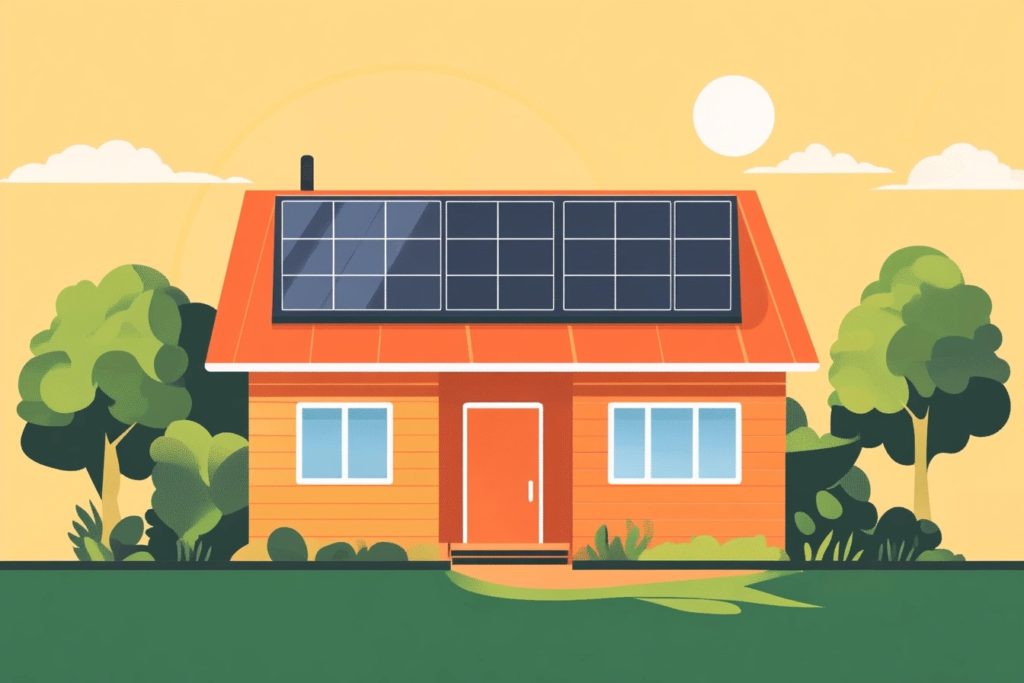
For a long time, we’ve known that renewable energy sources, led by solar power, are far more efficient, clean, and beneficial to our environment. But now it’s official: solar power is officially the cheapest form of electricity in the world.
Those are the findings of a massive study released by the International Energy Agency’s World Energy Outlook 2020, which concluded that solar is the “cheapest…electricity in history.”
Deep within the 464-page outlook report, published annually by the International Energy Agency (IEA) is Annex B. Within that section is a finding that validates solar as the new cheap energy choice in the world, surpassing other renewable and non-renewable energy sources. In those pages, the IEA estimates the true cost of various electricity generation methods based on rigorous research and methodology. Solar leads the pack.
Solar Electricity Is 20-50% Less Expensive
And while it’s no surprise that solar is the cheapest way to supply electricity to the world, what’s remarkable is the cost drop since just last year. In fact, the IEA reports that solar electricity is an astounding 20-50% less expensive today, at the end of 2020, than it was in 2019.
What metric does the IEA use to calculate energy cost? Instead of just the residential cost for residential consumers, the IEA is looking at energy and renewable energy sources on a much more macro level. They actually gauge the average cost of capital for developers who want to build energy systems and plants that generate new capacity. So, for instance, if you were starting a new city from the ground-up, what would the cost of developing and distributing each energy source?
In the past, the IEA estimated a Cost of Capital range of 7-8% across all energy sources and technologies. Of course, there were many other factors that moved those scores, such as the status of development in a nation, energy policy, use, and much more. The U.S. was typically within the 4.4% to 5.5% range.
But in this year’s report, they assign an extremely low cost to solar power, concluding that solar power can produce electricity at or below $20 per megawatt (MWH) in the United States. Add it up, and the IEA concluded that…
“For projects with low-cost financing that tap high-quality resources, solar PV is now the cheapest source of electricity in history.”
There are several reasons for the “extraordinarily turbulent” nature of global energy prices, according to the IEA. Some of those include rising costs for certain materials and resources, government regulations and policies, shifting geopolitical landscapes, and other economic factors, in large part due to the Covid-19 pandemic.
Needless to say, the IEA predicted in their 464-page report that global energy use is “highly uncertain” over the next couple of decades.
But what was clear is the efficacy of solar power as the world’s cheapest energy source, as this year, it’s a whole 20-50% less expensive than projected.
Solar Power Is Predicted to Grow by 43% Worldwide by 2040
The IEA also updated their projections for future growth of solar and wind power accordingly. According to the Energy Outlook 2020, the IEA predicts solar power growing by 43% worldwide by 2040, with wind power following with 16% growth.
The bad news? Coal and oil have not yet peaked as energy sources, even though they are deemed the “dirtiest” and most environmentally harmful non-renewable energy sources. But the IEA expects coal use to drop 8% in 2020 alone and continue its slide through 2040.
“Notably, renewables…account for the majority of demand growth in all scenarios,” states the IEA’s World Energy Outlook 2020. “In contrast, fossil fuels see progressively weaker growth turn to increasing declines, as the ambition of global climate policy increases,” they continue.
Solar Power Will See Unprecedented, Unchecked Growth
The outlook concludes that the solar power sector will see unprecedented, unchecked growth starting in 2020 and every year beyond. By 2040, renewable energy should meet 63% of total global demand, led by solar, with natural gas accounting for another 37%, making oil and coal nearly obsolete. As of 2020, solar is the big winner as the new official cheapest energy source in the world!





